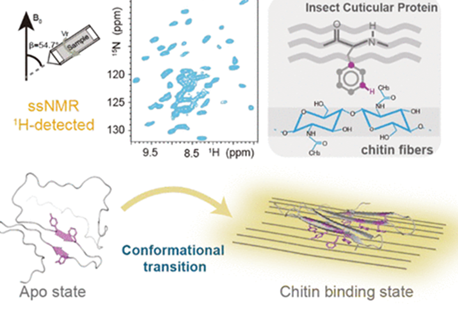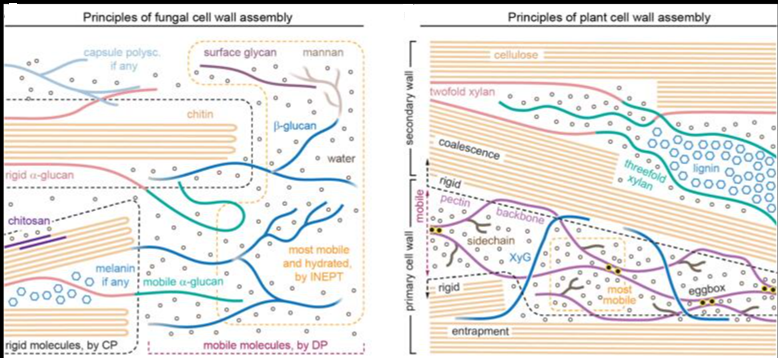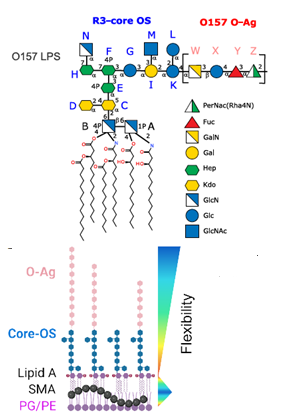A must-read review article, where the author draws his perspective of how computational efforts should be combined with well-designed experiments to be directly compared with molecular modeling.
- Introduction
- From primitive models to atomistic details
- Toward experimental structures with higher precision
- The limit of experimental determination
- Limitation in resolution
- Inherent structural disorder and dynamics
- Modeling crystals and prediction of experimental response
- Force-field modeling and first-principles calculations
- Simulation of wave scattering
- Molecular vibration
- Nuclear magnetic resonance
- Elastic tensors
- Understanding the underlying interactions and thermodynamics
- Conclusions
References




